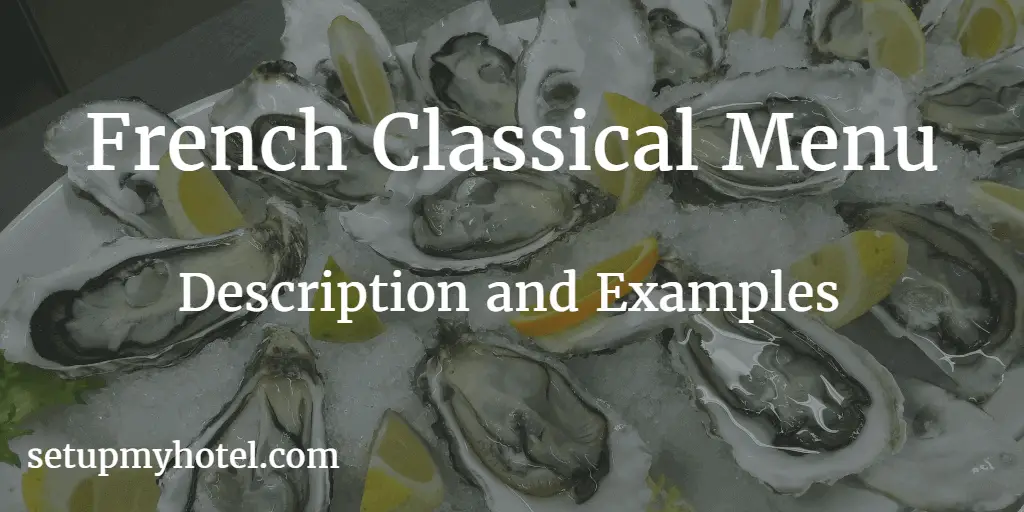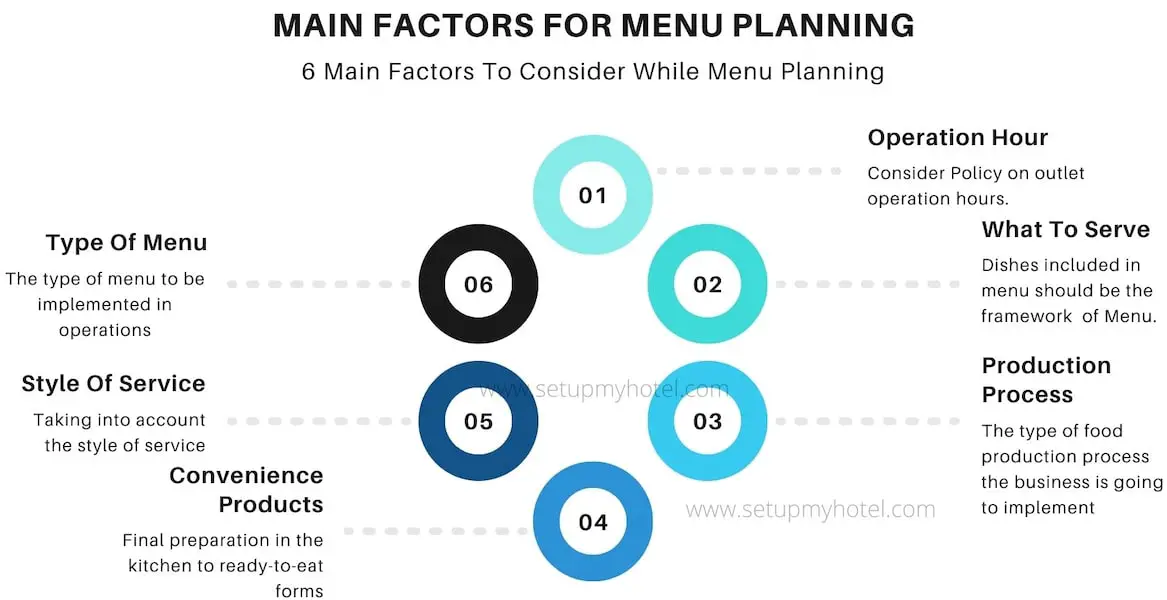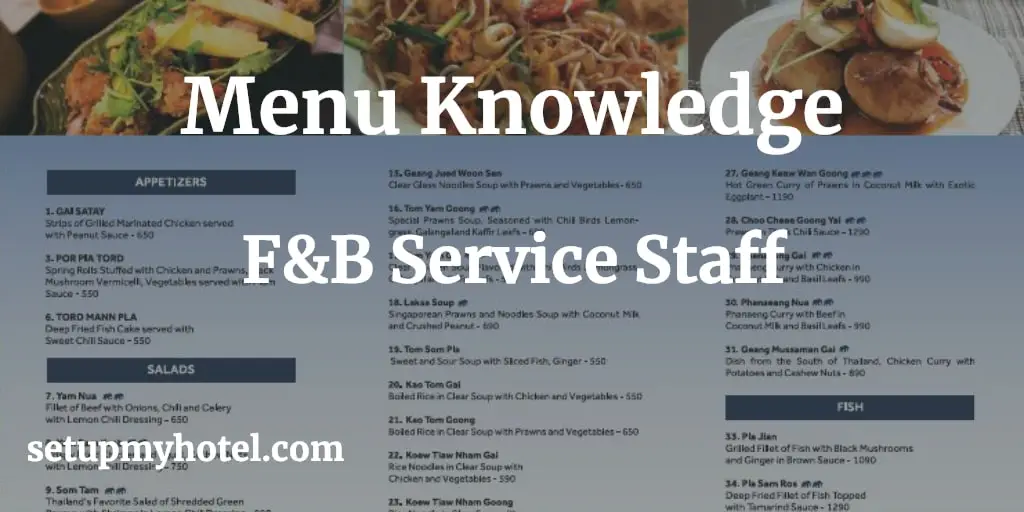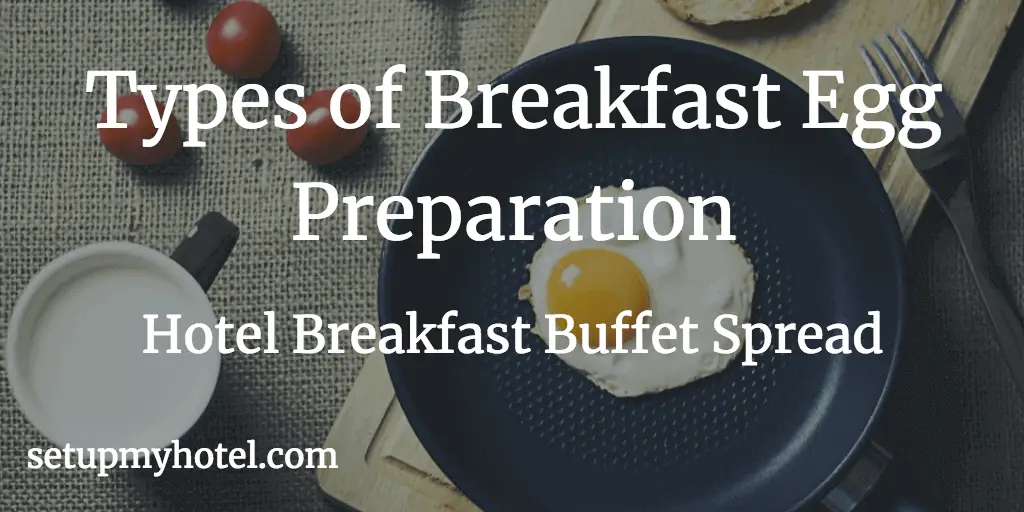The Basic Factors Of Food Presentation – Hospitality Industry
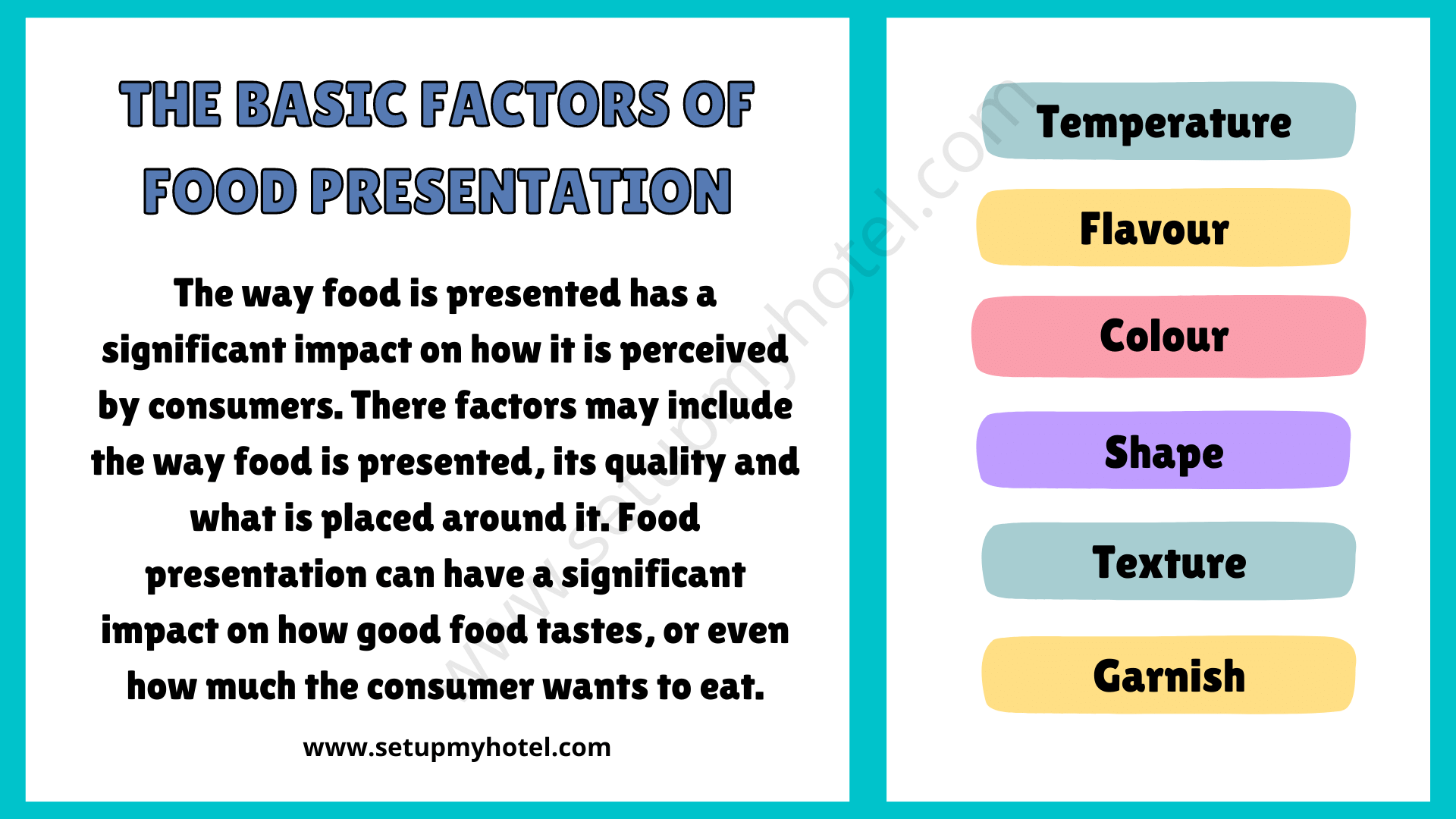
Basic Factors Of Food Presentation in the Hotel Industry The way food is presented has a significant impact on how ...
Read more
Classification Of Beverages Or Types Of Beverages
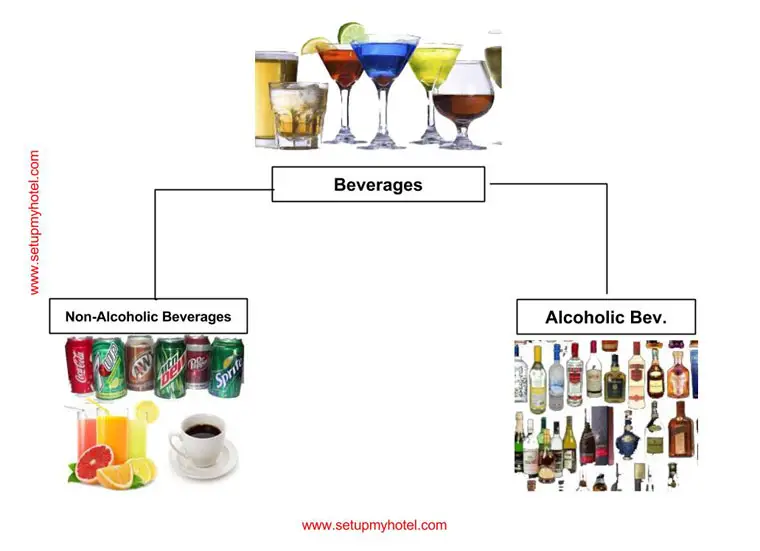
What are beverages or Classification of Beverages? ‘Beverages’ is a drink other than water; an explanation in a commercial context. ...
Read more
Checklist For Purchasing Food And Beverage Service Equipment
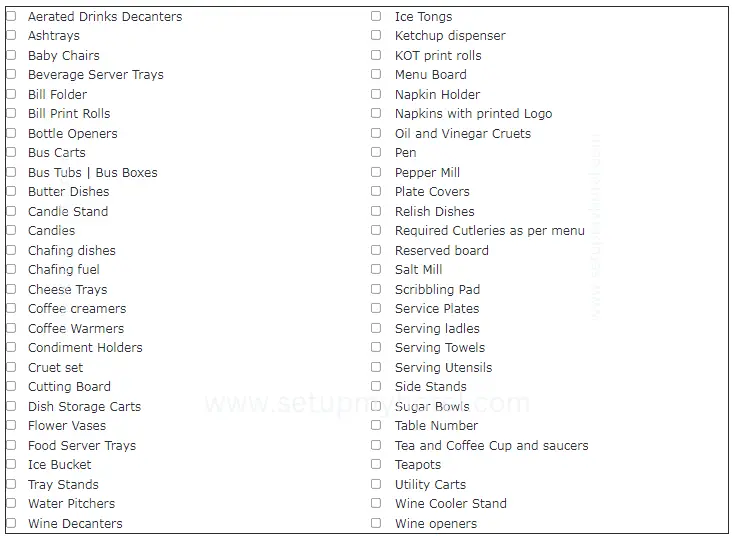
Purchasing F&B Service Equipment Creating a checklist for purchasing Food and Beverage (F&B) service equipment is crucial to ensure that ...
Read more
Order Taking And Serving Desserts & After Dinner Drinks

Order Taking and Serving Desserts & After Dinner Drinks After a satisfying meal, it’s time to indulge in desserts and ...
Read more
18 Types Of Service In Hotel / Classification Of F&B Service
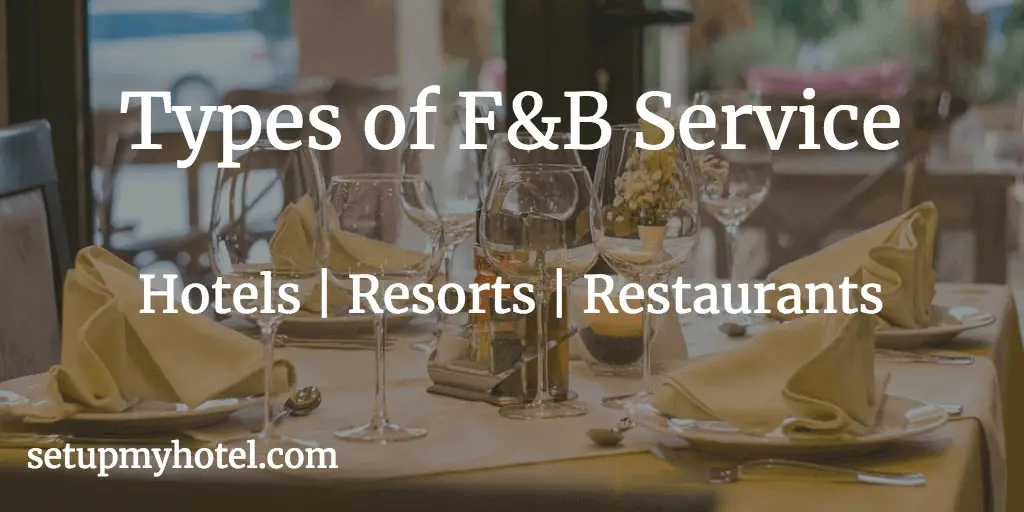
Different Types of Service in Hotels – Types of F&B Service When it comes to hotels, there are various types ...
Read more
